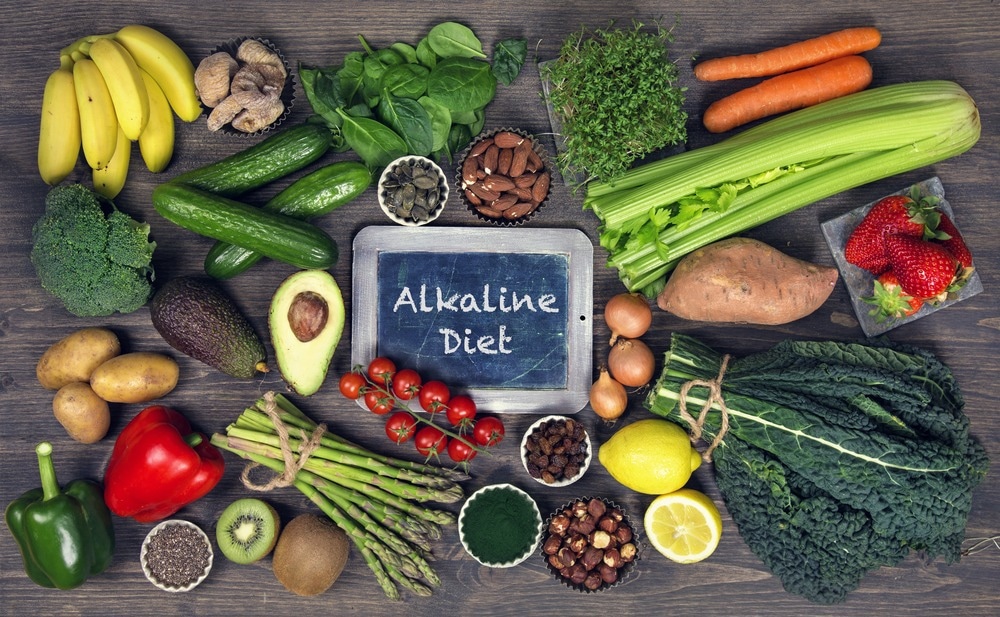Gastritis, characterized by the inflammation of the stomach lining, can lead to discomfort and digestive issues. While there are various treatment approaches, adopting a low-acid diet has emerged as an effective strategy in managing gastritis symptoms. By reducing the intake of acidic foods and incorporating non-acidic alternatives, individuals can alleviate stomach irritation and promote healing. In this article, we will explore the top five helpful pieces of information about the role of a low-acid diet in managing gastritis, providing valuable insights for individuals seeking dietary interventions to ease their symptoms.
1, Reducing Acidic Foods.
A low-acid diet aims to reduce the consumption of foods and beverages that are highly acidic, which can help alleviate symptoms of gastritis and minimize stomach irritation and inflammation. Some of the acidic foods and beverages commonly restricted in a low-acid diet include:
Citrus fruits: Oranges, lemons, grapefruits, and other acidic fruits.
Tomatoes: Including tomato-based products like sauces and juices.
Vinegar: All types of vinegar, such as apple cider vinegar, white vinegar, and balsamic vinegar.
Spicy foods: Peppers, chili, hot sauces, and other spicy condiments.
Caffeinated beverages: Coffee, tea (including green and black tea), and energy drinks.
Carbonated drinks: Soda, carbonated water, and sparkling beverages.
Alcohol: Wine, beer, spirits, and other alcoholic beverages.
By avoiding or limiting these acidic foods, you can help reduce the acid production in your stomach and minimize the risk of irritating the stomach lining. Additionally, it's important to note that individual sensitivities may vary, so it's essential to pay attention to your body's response and adjust your diet accordingly. Consulting with a healthcare professional or registered dietitian can provide personalized guidance for managing gastritis or other digestive conditions.
2, Emphasizing Non-Acidic Foods.
Emphasizing non-acidic foods in your diet can be helpful for managing gastritis symptoms. Here are some non-acidic or low-acid alternatives you can incorporate:
Low-acid fruits: Bananas, melons (watermelon, cantaloupe, honeydew), apples, pears, and berries like strawberries and blueberries.
Non-acidic vegetables: Broccoli, carrots, cauliflower, spinach, kale, cucumber, zucchini, and sweet potatoes.
Lean proteins: Skinless poultry (chicken, turkey), fish (salmon, trout), lean cuts of beef or pork, tofu, and legumes (beans, lentils).
Whole grains: Oats, brown rice, quinoa, whole wheat bread or pasta, and barley.
Non-citrus beverages: Herbal teas (chamomile, peppermint, ginger), water, coconut water, and non-acidic fruit juices (such as apple or pear juice).
Healthy fats: Avocado, olive oil, and nuts (almonds, walnuts) in moderation.
These foods are generally less likely to cause irritation or increase stomach acid production. However, it's important to note that individual tolerances may vary, so it's essential to listen to your body and make adjustments as needed. If you have specific dietary restrictions or conditions, it's advisable to consult with a healthcare professional or registered dietitian for personalized guidance.
3, Smaller, Frequent Meals.
Consuming smaller, frequent meals instead of large meals can be beneficial for managing gastritis symptoms. Here's why it can help:
Reduced acid production: Eating smaller portions at a time helps reduce the amount of acid that the stomach needs to produce for digestion. This can minimize the risk of irritating the stomach lining and promote healing.
Alleviated discomfort: Smaller meals are generally easier to digest, reducing the discomfort often experienced with gastritis. It can prevent the feeling of fullness and bloating that may occur after consuming larger meals.
Aid in digestion: Eating slowly and chewing food thoroughly can aid in the digestion process. By taking your time to eat, you allow your stomach to properly break down the food, making it easier on your digestive system.
Prevention of further irritation: By avoiding overeating and consuming large amounts of food at once, you minimize the risk of putting excessive strain on your stomach, potentially aggravating gastritis symptoms.
Remember to listen to your body's signals of hunger and fullness, and try to maintain a balanced and nutritious diet even with smaller meals. It's always a good idea to consult with a healthcare professional or registered dietitian for personalized dietary recommendations based on your specific condition.
4, Avoiding Trigger Foods.
Avoiding trigger foods is an essential aspect of managing gastritis. While the specific trigger foods can vary from person to person, there are some common culprits that tend to worsen gastritis symptoms. Here are a few examples:
Spicy foods: Spices like chili peppers, hot sauces, and curry can irritate the stomach lining and increase acid production, leading to discomfort for many individuals with gastritis.
Fried and greasy foods: Foods that are deep-fried or high in unhealthy fats can be hard to digest and may increase inflammation in the stomach. Examples include fried chicken, French fries, and fatty cuts of meat.
High-fat foods: Foods that are rich in fat, such as creamy sauces, fatty cuts of meat, and full-fat dairy products, can delay stomach emptying and trigger symptoms in people with gastritis.
Processed foods: Processed and packaged foods often contain additives, preservatives, and artificial ingredients that can irritate the stomach lining. These include processed meats, packaged snacks, and sugary desserts.
Acidic condiments: Condiments like ketchup, mustard, and hot sauce can be acidic and may worsen gastritis symptoms in some individuals. It's a good idea to read food labels and choose low-acid or non-acidic alternatives if needed.
It's important to pay attention to how your body responds to different foods and identify your personal trigger foods. By avoiding these triggers, you can help reduce symptoms and promote healing of the stomach lining. Consulting with a healthcare professional or registered dietitian can provide you with personalized guidance and help you develop a suitable meal plan based on your specific needs.
5, Seeking Professional Guidance.
Seeking professional guidance from a healthcare professional or registered dietitian is highly recommended when it comes to managing gastritis or making significant dietary changes. They can provide personalized recommendations and support based on your specific condition, medical history, and individual nutritional needs. They will consider various factors, such as the severity of your gastritis, any underlying medical conditions, and your overall health goals.
A healthcare professional or registered dietitian can help you:
Assess your specific dietary needs: They will take into account your current diet, nutritional deficiencies, and any specific dietary restrictions or allergies you may have.
Create a personalized meal plan: They will design a meal plan that takes into consideration your gastritis symptoms, preferences, and lifestyle factors. This plan may include low-acid foods, portion sizes, meal frequency, and guidelines for trigger food avoidance.
Provide additional strategies: In addition to dietary changes, they may recommend other strategies such as the use of antacids, prescription medications, stress management techniques, or lifestyle modifications to enhance your overall gastritis management plan.
Monitor and adjust your plan: They will closely monitor your progress and make necessary adjustments to your diet and treatment plan as needed. Regular follow-ups will ensure that your management plan is effective and tailored to your specific needs.
Remember, everyone's experience with gastritis can be unique, so it's important to seek individualized advice from a healthcare professional or registered dietitian who can provide you with the most appropriate recommendations based on your specific circumstances.
In conclusion, a low-acid diet plays a significant role in managing gastritis by reducing irritation, inflammation, and discomfort associated with this condition. By avoiding or minimizing acidic foods and beverages, emphasizing non-acidic alternatives, consuming smaller and more frequent meals, and identifying and avoiding trigger foods, individuals can take proactive steps towards improving their gastritis symptoms. However, it is crucial to consult with healthcare professionals or registered dietitians before implementing any major dietary changes, as they can provide personalized guidance based on individual needs and ensure a comprehensive approach to managing gastritis. By incorporating a low-acid diet as part of a broader treatment plan, individuals can promote stomach healing, enhance their overall well-being, and experience relief from the symptoms of gastritis.





Comments
Post a Comment